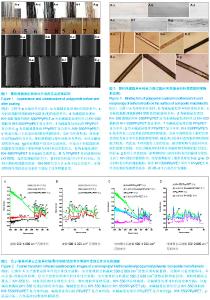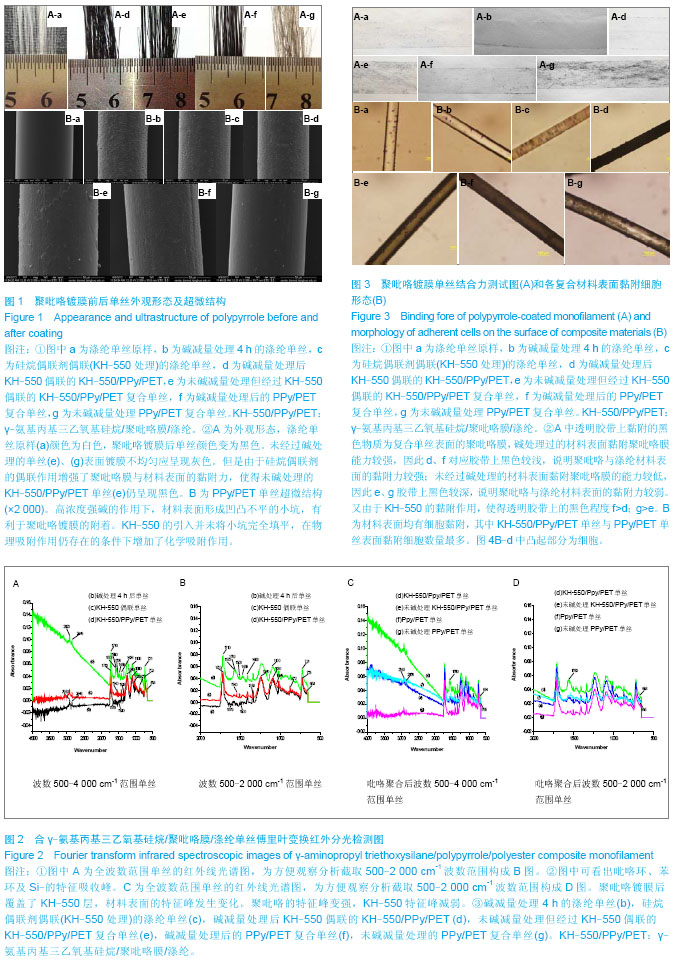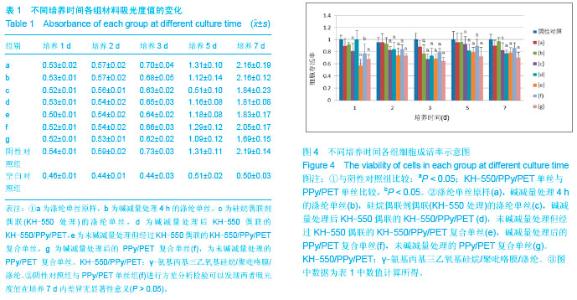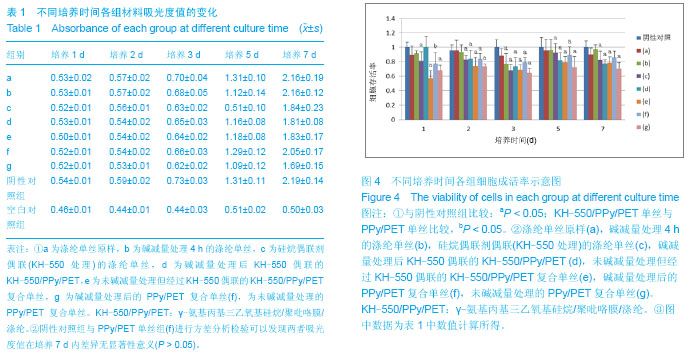| [1] |
Li Jing, Xie Jianshan, Cui Huilin, Cao Ximei, Yang Yanping, Li Hairong.
Expression and localization of diacylglycerol kinase zeta and protein kinase C beta II in mouse back skin with different coat colors
[J]. Chinese Journal of Tissue Engineering Research, 2021, 25(8): 1196-1200.
|
| [2] |
Li Shanshan, Guo Xiaoxiao, You Ran, Yang Xiufen, Zhao Lu, Chen Xi, Wang Yanling.
Photoreceptor cell replacement therapy for retinal degeneration diseases
[J]. Chinese Journal of Tissue Engineering Research, 2021, 25(7): 1116-1121.
|
| [3] |
Jiang Xin, Qiao Liangwei, Sun Dong, Li Ming, Fang Jun, Qu Qingshan.
Expression of long chain non-coding RNA PGM5-AS1 in serum of renal transplant patients and its regulation of human glomerular endothelial cells
[J]. Chinese Journal of Tissue Engineering Research, 2021, 25(5): 741-745.
|
| [4] |
Yang Xin, Jin Zhe, Feng Xu, Lu Bing.
The current situation of knowledge and attitudes towards organ, eye tissue, body donation of residents in Shenyang
[J]. Chinese Journal of Tissue Engineering Research, 2021, 25(5): 779-784.
|
| [5] |
Zeng Xianghong, Liang Bowei.
A new strategy for the treatment of osteonecrosis of the femoral head
[J]. Chinese Journal of Tissue Engineering Research, 2021, 25(3): 431-437.
|
| [6] |
Ruan Guangping, Yao Xiang, Liu-Gao Miyang, Cai Xuemin, Li Zian, Pang Rongqing, Wang Jinxiang, Pan Xinghua.
Umbilical cord mesenchymal stem cell transplantation for traumatic systemic inflammatory response syndrome in tree shrews
[J]. Chinese Journal of Tissue Engineering Research, 2021, 25(25): 3994-4000.
|
| [7] |
Chen Xiao, Guo Zhi, Chen Lina, Liu Xuanyong, Zhang Yihuizhi, Li Xumian, Wang Yueqiao, Wei Liya, Xie Jing, Lin Li.
Factors affecting the mobilization and collection of autologous peripheral blood hematopoietic stem cells
[J]. Chinese Journal of Tissue Engineering Research, 2021, 25(19): 2958-2962.
|
| [8] |
Zhang Jianhui, Ma Heran, Tan Yi, Wang Zhihui.
Knee injury repair using human adipose-derived mesenchymal stem cells-based scaffold-free three-dimensional gel-like construct in pigs
[J]. Chinese Journal of Tissue Engineering Research, 2021, 25(19): 2969-2975.
|
| [9] |
Zhang Hongqing, Xie Xufang, Wu Xiaomu.
Effectiveness and clinical application limitations of stem cells in the treatment of multiple sclerosis and optic neuromyelitis spectrum diseases
[J]. Chinese Journal of Tissue Engineering Research, 2021, 25(19): 3049-3056.
|
| [10] |
Sun Weixing, Zhao Yongchao, Zhao Ranzun.
Mesenchymal stem cell transplantation in the treatment of myocardial infarction: problems, crux and new breakthrough
[J]. Chinese Journal of Tissue Engineering Research, 2021, 25(19): 3103-3109.
|
| [11] |
Wang Xiaobo, Wang Changan, Han Jianle, Yang Qingyan, Yang Shuaiping, Yang Junwei.
Influence of conversion from cyclosporine to tacrolimus on glucose metabolism and cardiovascular risk profiles in stable kidney transplant patients
[J]. Chinese Journal of Tissue Engineering Research, 2021, 25(14): 2236-2240.
|
| [12] |
Cao Linlin, Ding Kaiyang, Song Hao, Wu Guolin, Hu Maogui, Fan Dandan, Zhou Chenyang, Wang Cuicui, Feng Yuanyuan.
Efficacy and influencing factors of autologous hematopoietic stem cell transplantation in the treatment of malignant lymphoma
[J]. Chinese Journal of Tissue Engineering Research, 2021, 25(13): 1993-1998.
|
| [13] |
Zhang Wenjian, Ma Lingfu, Wang Zhimin, Mo Wenjian, Zhou Ruiqing.
Muscle mass evaluation and influencing factors of sarcopenia in allogeneic hematopoietic stem cell transplantation patients
[J]. Chinese Journal of Tissue Engineering Research, 2021, 25(13): 1999-2004.
|
| [14] |
Li Liqiang, Jiao Longxing, Zhang Wu, Yan Wentao, Li Jian, Li Minghao.
Effect of immature dendritic cells derived from bone marrow on rejection of orthotopic liver transplantation in rats
[J]. Chinese Journal of Tissue Engineering Research, 2021, 25(13): 2025-2029.
|
| [15] |
Wei Zhongling, Jiang Yizhi, Huang Laiquan, Yan Jiawei, Yu Zhengzhi, Wang Nana, Huang Chen, Wang Ran, Huang Dongping.
Severe aplastic anemia treated with unrelated cord blood combined with matched sibling allogeneic hematopoietic stem cell transplantation
[J]. Chinese Journal of Tissue Engineering Research, 2021, 25(13): 2049-2054.
|



